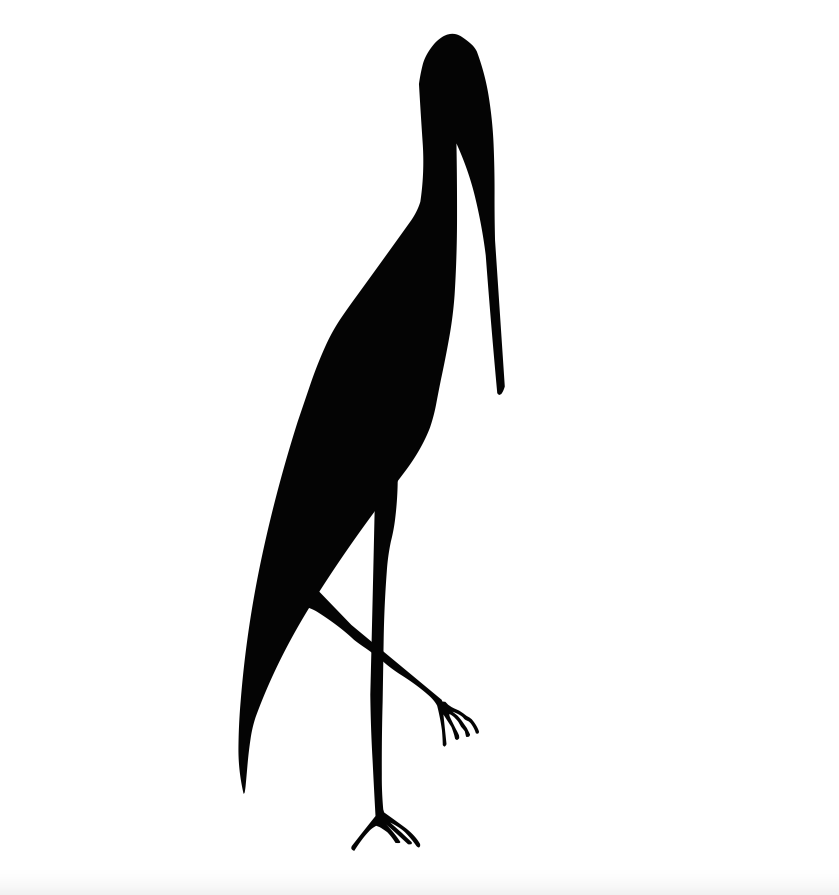The following notes on the Artefacts we have in the Museum has been written by our Honorary President, Joan Ham
The Greenfield Family
One of the paintings in the Museum by the late Mr. Bramham shows a prominent house in Church Street known as Forge House. This was originally’ Duke’s shoeing forge which was purchased on 22nd June 1931 by Laura Greenfield, wife of Edwin Greenfield, as a family home.

Happily for the Museum, the Greenfield family and busness never threw anything away so that every piece of paper, household object, sporting equipment, etc., was preserved, giving a very detailed picture of family and business life going back nearly 200 years. Greeenfields occupied the prime positions in the village, and sold everything, as they claimed “from cradle to grave.” They delivered goods to surrounding villages and would collect items from the chemist and batteries and accumulators from the electrical shop for customers on their rounds. They even had a funeral department for their ‘customers’ last needs. We are fortunate indeed to have many Greenfield items in the Museum.

The Flower Fairies
Cecily Mary Barker first came to Storrington in 1942 to escape the bombing in London but settled permanently in 1968 and lived in the annexe of the The Manor House Hotel in Church Street (now demolished). The first Flower Fairy book was published in 1923, every fairy was modelled on a real child, often one of her sister Dorothy’s little kindergarten pupils. She died in 1973 and her ashes are buried in the churchyard of St Mary’s Parish Church, Storrington.

The Cyclists Touring Club
One of the perhaps less exciting looking exhibits in the Museum is a dull square metal sign about eighteen inches square showing a winged wheel and the letters “CTC” standing for “Cyclists Touring Club”. Wherever this sign was seen, cyclists could be sure of tea, a toilet and often bed and breakfast. Cycle touring was a very popular leisure activity between the Wars, and it was nice to know where there was such a place for a rest and refreshment at the least.
Visitors to the Museum cannot fail to notice the large shield with the Admiralty badge. This was presented to the old Chanctonbury Rural District Council during WWII as a result of a special National Savings drive during which the District exceeded the expected total. During the war people were encouraged not to spend money frivolously but to put as much as possible into National Savings by way of stamps (6d each) or Savings Certificates (15/- with interest after five years) to help pay for the war. Thirty savings stamps could be exchanged for a Certificate. Every school, organisation and business was set their own target for special weeks such as “Spitfire Week”, “Support our Soldiers” and “Warship Week” among others. Chanctonbury Rural District exceeded the allotted total during Warship Week, and in particular Storrington Primary School where the children brought in their pocket money to buy savings stamps. As a “reward”, the District was permitted to “adopt” ,a brand new frigate, H.M.S. Kale, and the schoolchildren wrote letters to the crew and sent them books, comforts and cigarettes, especially at Christmas.

The Agricultural Cabinet
The agricultural cabinet in the Museum contains some lethal looking tools, including a monstrous hedge-trimmer, which surely took two strong men to operate, as the cutting operation required the manual turning of a wheel. Perhaps less notable are the initials burnt into the handles of forks &c. “H.V.R.”‘ standing for Herbert Valentine Ravenscroft. Colonel Ravenscroft (1868-1952) was the last private owner of The Abbey, an estate which included all the land from the Abbey across to Chantry Lane, and a cottage in Greyfriars Lane where his dairyman lived, The estate was fairly self-supporting with a large vegetable and fruit garden, cows and pigs, wheat fields and a large ornamental garden.
Colonel Ravenscroft is immortalised in Hugh de Selincourt’s classic book, The Cricket Match” which features the Colonel’s Cricket Match. This was an annual event keenly anticipated by the village during the inter-war years Colonel Ravenscroft came to The Abbey in the 1920, he took a personal interest in village affairs and was a great benefactor, presenting a flag and flag-pole to the Storrington Cricket Club, becoming President of the Storrington Horticultural Society (1945) and presenting a trophy. The Church benefited from his generosity by the gift of a pulpit replacing the old Caen stone one, choirstaIls and the galleon weathervane made by Paul Hardy and Alfred Crowhurst. He was instrumental in the formation of the Comrades Club after the First World War, fore-runner of the Storrington branch of the British Legion, and presented them with the land for the Bowling Club.
Reginald Fairfax Wells
Have you noticed the pottery pieces in the end cabinet: a horse, a bull and a bowl? These are unique studio pieces made by Reginald Fairfax Wells, and featured in an arts magazine when they were made. He is perhaps better known locally as the builder of the delightful vernacular cottages at Roundabout, where he incorporated much local material. The houses were greatly sought after by London stage people as country retreats when they were built.

There are many other items to see at the museum plus and a monthly rolling exhibition cabinet to keep you coming back.
Here is some video footage of the museum by the “Bald Explorer”, Richard Vobes in his Quest for England series.
